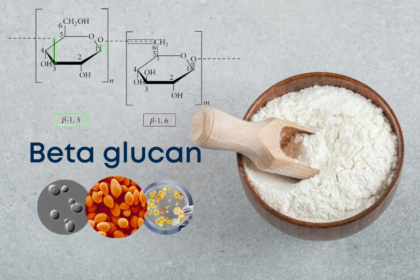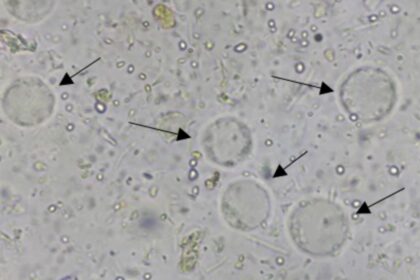Have you ever been told by your doctor that you’re “normal” and assumed that means you’re healthy? Unfortunately, being “normal” doesn’t equate to good health. In today’s world, “normal” often falls far below the standard of true health. Even “normal” lab results can be misleading. Let’s dive into why being “normal” might actually be a problem — and what you can do to change that.
What Does “Normal Health” Look Like?
A 2016 Mayo Clinic study defined four basic criteria for being considered healthy:

- Not smoking.
- Maintaining a body fat percentage of less than 20% for men and less than 30% for women.
- Following a nutritious diet that includes low sugar consumption, plenty of fruits and vegetables, whole grains, healthy fats, and lean proteins. (The study even allowed for 1–2 alcoholic drinks per day.)
- Engaging in at least 150 minutes of moderate physical activity per week, such as brisk walking or gardening.
These criteria are straightforward and achievable on paper. Yet, when researchers evaluated 4,745 participants, only 2.7% of them — just 128 people — met all four criteria. That’s right, less than 3% of the population in the study was truly “healthy.”
The takeaway? It’s not “normal” to be healthy. It’s normal to be one of the 97% who don’t meet these basic health standards.
Why Is It So Hard to Be Healthy?
On the surface, the Mayo Clinic’s criteria don’t seem overly demanding. They’re not asking people to run marathons or adopt a vegetarian diet. So why is achieving good health so rare?
The truth is, our environment isn’t designed to support health. From advertisements promoting unhealthy foods to social pressures that normalize overindulgence, we’re constantly surrounded by influences that challenge our efforts to live well. It’s easier to follow the crowd than to stand out by making healthier choices.
To be healthy, you have to go against the grain. You have to set an example, even when it’s inconvenient. And that’s not easy.
The Pushback Against Being Healthy
When you commit to healthier habits, you might face resistance. People may admire your results but resist joining you on the journey. You might hear comments like, “Life isn’t worth living if you can’t [fill in the blank].” Have you heard this before? Or even thought it yourself?
Being healthy is hard. That’s why only 2.7% of the population meets these standards. But it’s possible—and worth it.

How to Start Your Journey to Exceptional Health
Improving your health starts with small, realistic steps. Here’s how you can begin:

Why It’s Worth It
Despite the challenges, being healthy is incredibly rewarding. It feels good, both physically and mentally. The notion that healthy living isn’t enjoyable often comes from those who haven’t experienced it. In reality, taking care of your body and mind brings energy, clarity, and a sense of accomplishment.
Be the Change You Want to See
To improve the disheartening statistic that only 2.7% of people are truly healthy, we need more individuals to lead by example. You have the power to be one of the exceptions. Commit to a healthier you in 2025 and inspire others to do the same.
What’s your first step toward better health? Share your goal below and start building a healthier, happier future—one step at a time.










